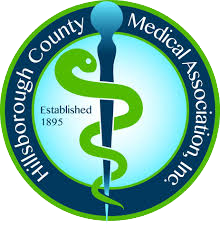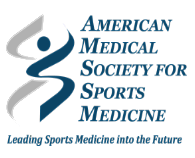 What comes to mind when you think of sports medicine? Perhaps you envision an injured athlete working with a physical therapist to regain strength or heal a broken bone. While it’s true that physical therapy plays a significant role in sports medicine, this medical subspecialty involves multiple treatment approaches and goals, including helping patients prevent injuries and achieve optimal physical fitness. Let’s take a closer look at sports medicine and how it differs from physical therapy.
What comes to mind when you think of sports medicine? Perhaps you envision an injured athlete working with a physical therapist to regain strength or heal a broken bone. While it’s true that physical therapy plays a significant role in sports medicine, this medical subspecialty involves multiple treatment approaches and goals, including helping patients prevent injuries and achieve optimal physical fitness. Let’s take a closer look at sports medicine and how it differs from physical therapy.
Sports Medicine Basics
Merriam-Webster defines sports medicine as a field of medicine concerned with the prevention and treatment of injuries and disorders that are related to sports participation. “Sports” doesn’t necessarily denote professional athletics—it also encompasses leisurely jogging, fitness cycling, pick-up basketball, weekend golfing, and other athletic activities.
A sports medicine physician is a medical doctor who has received at least one year of sports medicine fellowship training and specializes in the non-surgical treatment of musculoskeletal conditions. The musculoskeletal system includes:
- Bones
- Ligaments
- Tendons
- Muscles
- Cartilage
Physical therapy is one treatment that a sports medicine physician may use to promote healing, strength, and flexibility in an injured joint or tissue. A regimen of gentle exercises and non-surgical techniques, physical therapy can help athletes get back in the game following injuries like ACL tears and joint sprains. However, sports medicine physicians can also utilize many other treatments when caring for patients, including:
- Platelet rich plasma (PRP) therapy
- Viscosupplementation
- Anti-inflammatory injections
- Stem cell therapy
- Bracing
- Behavior modification
- And more
When to See a Sports Medicine Physician
It’s always a good idea to consult a sports medicine physician if you experience pain or stiffness during physical activity or afterward. More specifically, consider scheduling an appointment if:
- Your injury becomes red and swollen
- You can’t put weight on an injured arm or leg
- Your discomfort gradually worsens
- Your symptoms do not improve after two weeks of at-home care
- Your symptoms interfere with daily activities
As we’ve discussed, you can also speak with a sports medicine physician about injury prevention strategies and ways you can maximize your physical fitness.
Our Approach to Sports Medicine
Tampa Orthopaedic & Sports Medicine Group is led by two trusted, board-certified specialists: orthopedic sports medicine surgeon Dr. Daniel Murphy and sports medicine physician Dr. Arnold Ramirez. Together with a team of specially trained practitioners, our doctors provide world-class orthopedic and sports medicine services to high school athletes, weekend warriors, devout joggers, and everyone in between. In fact, professional athletes trust the expertise of our sports medicine experts—Dr. Murphy serves on the medical staffs of the Tampa Bay Buccaneers and the New York Yankees, and Dr. Ramirez is a team physician for the Buccaneers.
Don’t let aches and pains prevent you from participating in the activities you love. To speak with a trusted sports medicine physician and find the relief you need, contact Tampa Orthopaedic & Sports Medicine Group today. Or, you can request an appointment online at your convenience. We accept most health insurance plans and will be happy to answer any questions you may have.












